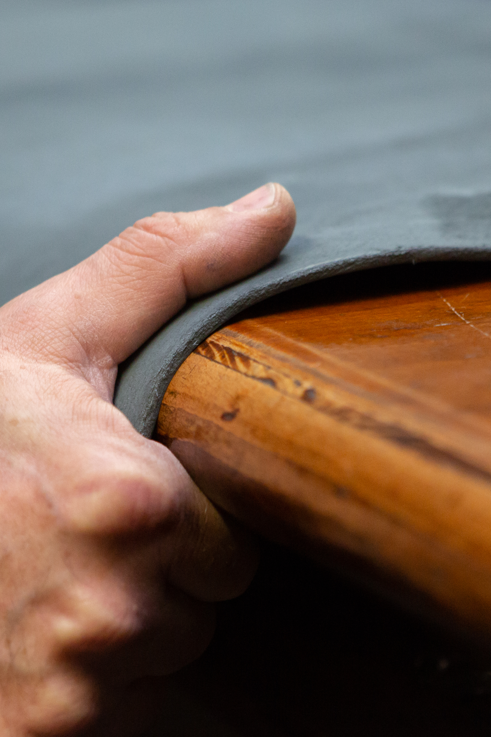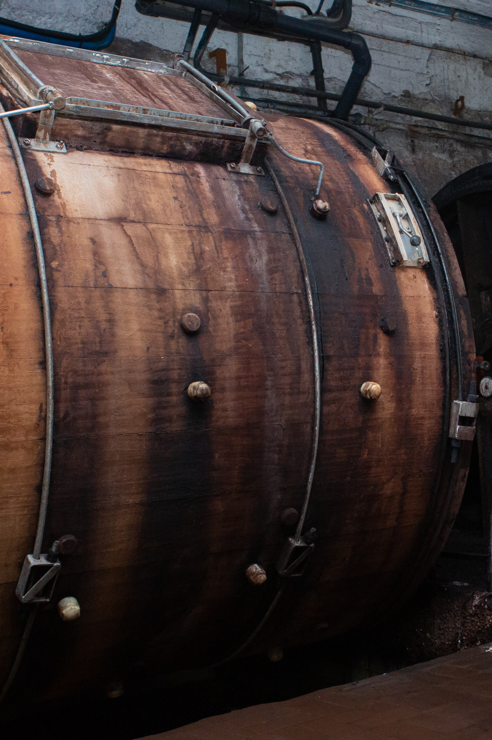Original content by: La Conceria
While “combating deforestation is a global priority” – as it obviously is – the truth is that leather should not be considered as a driver of the issue. A truth that has been repeatedly states, demonstrated and forcefully reiterated yesterday in Geneva by UNIC – Italian Tanneries. Location: the Palais des Nations. Occasion. The Deforestation-Free Trade Dialogue organized by UNECE (United Nations Economic Commission for Europe), one of the 5 “regional commissions” of the United Nations. A body whose mission is “to foster pan-European economic integration”.
Leather is not a driver of deforestation
On Nov. 13 2024, UNIC was hosted at UNECE’s Deforestation-Free Trade Dialogue, in the afternoon panel “Learning from current experiences by markets actors: possible challenges and solutions”. The experience and truth of Italian leather in relation to the implementation of the EUDR Regulation was presented and explored in depth by President Fabrizio Nuti (photo right) with a speech that from the very title set the record straight: Why leather is not a driver of deforestation: social and economic consequences”.
Three key points
Three, in particular, were the points of Nuti’s talk. First: data in hand, UNIC has shown that leather is not a cause of deforestation. Second: the EUDR could a very dangerous boomerang. The reason? By effectively blocking European tanning production, it does not prevent products made from hides coming into Europe from deforested areas. Third, the list of countries deemed to be at risk of deforestation needs to be clarified and updated, as it’s currently not yet defined.
An important opportunity
UNIC’s presence at the UNECE table, and in front of a parterre of speakers and delegates from all over the world, presented an important opportunity to give visibility and authority to its clear position on the EUDR. A position shared by the entire European tanning industry and by many other institutions (including international ones) that have expressed strong critical opinions against this regulation. Not because of what it’s trying to achieve, which is an objective shared by all. But because of the current way of working of its implementation.
You can access the original article HERE
















